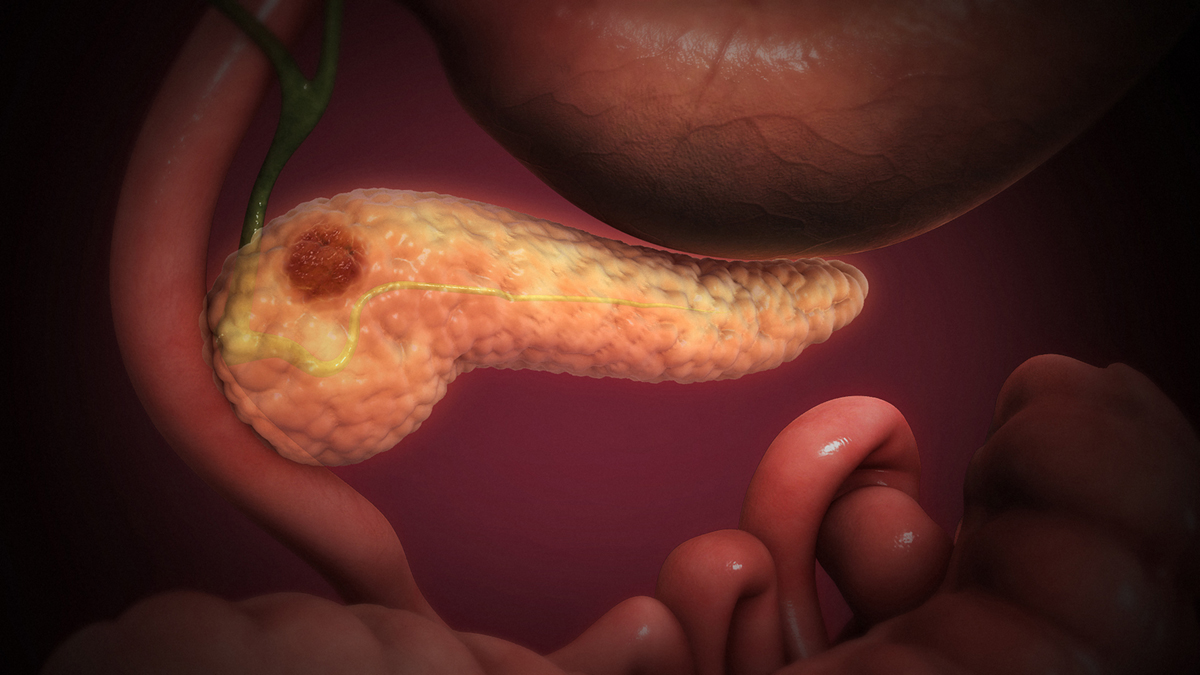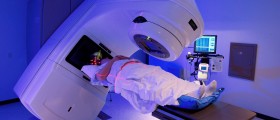
Introduction to Pancreatic Cancer
Pancreas is an organ in the lower part of the stomach. It has an important function in the body, it secretes enzymes that aid digestion and hormones that help regulate the metabolism of sugars. Pancreatic cancer is a cancer that begins in the tissues of the pancreas. And although experts do not know what the actual cause of this type of cancer is, they have established that there are several risk factors that may significantly increase one’s chances of getting it. These risk factors are smoking, chronic pancreatitis, diabetes mellitus, and genetics (if someone in the family has had pancreaticcancer).
Symptoms
The most common symptoms of pancreatic cancer are: jaundice, weight loss, upper abdominal pain (that may radiate to the back), blood clots, fatigue, depression, loss of appetite, and bloating, etc.
The symptoms of pancreatic cancer can easily be attributed to other less serious and more common conditions. This lack of specific symptoms may explain the high number of people who have a more advanced stage of disease when pancreatic cancer is discovered.
Treatment for pancreatic cancer depends on the stage and location of the cancer as well as on one’s age, overall health and personal preferences. The first goal of pancreatic cancer treatment is to eliminate the cancer, or, if that is not possible, prevent it from growing and causing more harm. The treatment usually includes chemotherapy, surgery to remove the tumor, or radiation therapy.
Survival Rate
When looking at survival rates for this type of cancer, it is significant to know that the numbers relate to the percentage of people with the disease who remain alive for a certain period after their diagnosis. In most cases, statistics refer to five-year survival rates.
The survival rate is based on various factors, such as a person’s age and general health, the stage of the cancer, whether the tumor can be removed surgically and whether the cancer has just been diagnosed or hasrecurred.
The five-year relative survival rates by race and sex were: 4.7% for white men, 4.2% for white women, 2.9% for African American men, and 5.6 percent for African American women.
Based on the stage of the cancer, the corresponding five-year relative survival rates were: 16.4% for localized, 7.0% for regional, 1.8% for distant, and 4.3% for unstaged. Diagnosing the cancer at an early stage increases the chances of it being cured significantly. However, the statistics of the times of when the cancer has been diagnosed are as follows: 14% of all cases had staging information that was not known, 52% of all cases has been diagnosed after the cancer has already metastasized (that is the distant stage), and only 7% have been discovered while the cancer is confined to the primary stage (when it’s localized). This can significantly lessen the survival rates. One should bear in mind that these statistics are general and cannot be used on an individual case, being that pancreatic cancer treatment and responses to treatment vary from patient to patient.

















Your thoughts on this
Loading...